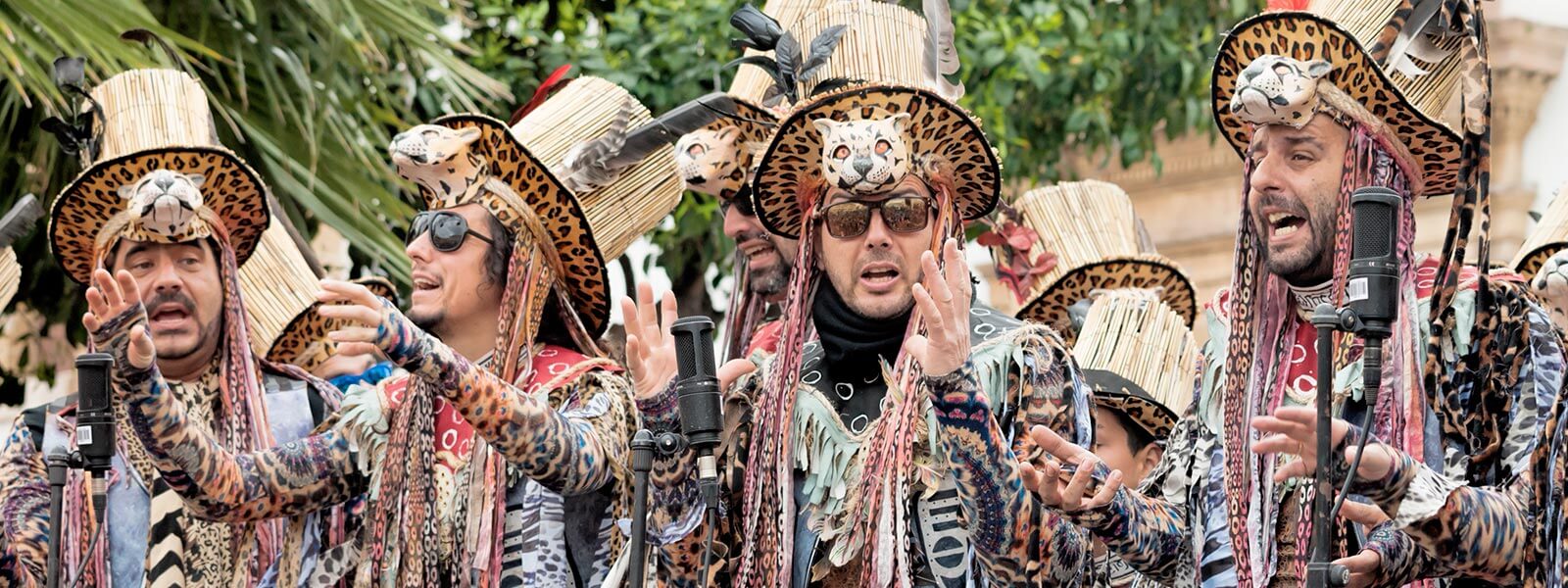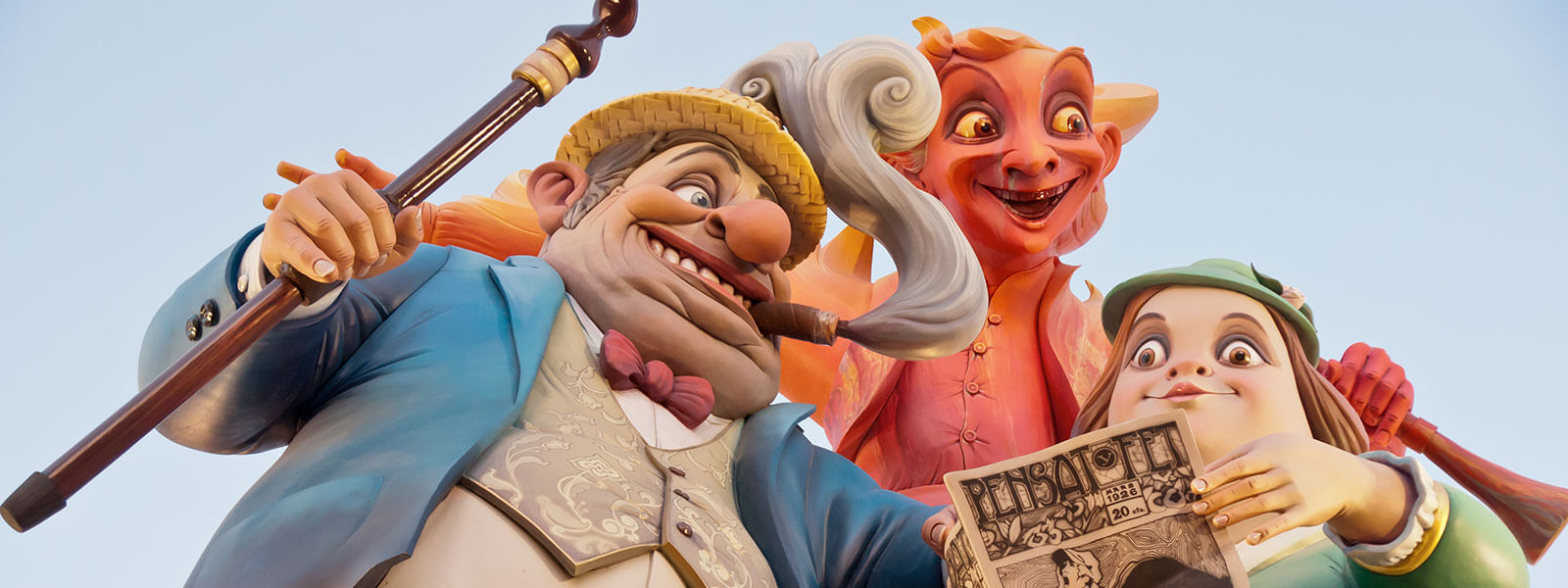
Halloween is a tradition that dates back over one hundred years that has since evolved into the present-day celebration that we all know, one that is strongly tied to the mass consumption of prank items and grotesque, terrifying accessories.
The first country in which Halloween made a considerable impression was without a doubt the United States. There, it grew to become a national holiday before gradually going abroad and making waves across other continents. Each place then makes the holiday their own, often integrating snippets of popular culture and / or local traditions into the celebration without chipping away at the essence of Halloween: good-natured frights.
Prior to the arrival of Halloween in Spain, two celebrations of Christian origin were – as they continue to be – celebrated, both of which have strong ties to the world of spirits and the afterlife.
For Spaniards, the first day of November is All Saints’ Day, a national holiday and official day of observance. Those that practice the Catholic faith go to the cemeteries to visit their loved ones and leave them a gift (generally flowers; in fact, it’s the most profitable day of the year for Spain’s flower industry). On the other hand, many regions additionally add their own unique elements to the celebration, the majority of which are linked to the consumption of some sort of traditional food. For example, in addition to huesos de santo (saint’s bones) – the typical sweets eaten on this holiday – , they eat castañas (chestnuts) and boniatos (sweet potatoes) in Catalunya, buñuelos (fritters) in Madrid and pestiños (honey-coated fried dough) in Andalusia, amongst others.
On the following day, November second, Spain celebrates the Día de los Difuntos (Day of the Dead). On this day, there are people who go to the cemetery to pray for their deceased family members or friends, even if they visited them the previous day. This observance is characterized by religious celebrations instead of holiday celebrations. Traditions include the reading of the Prayer of the Dead and all church services are celebrated as funeral masses, as long as the November 2nd in question doesn’t fall on a Sunday, given that Christianity prohibits funeral rites on its sacred day.
As for the celebrations taking place on the eve of All Saints’ Day’s, also known as the tradition of Halloween, they’re practically a carbon copy of the American version. In the larger cities, youngsters wield scary costumes and hit the streets for however long they’re allowed, going from house to house asking for sweets and candy in exchange for not wreaking havoc upon each home’s façade. While no official data is available, word on the street is that the sale of eggs on October 31st matches or even surpasses the sale of flowers on the following day.
-
 Christmas decorations in Spain How are Christmas decorations in Spain? Look at this post and know the curiosities of Spanish houses and their traditions
Christmas decorations in Spain How are Christmas decorations in Spain? Look at this post and know the curiosities of Spanish houses and their traditions -
 Cadiz carnival: A brief history Discover the Carnival of Cádiz, the most popular party in the city of Andalusia, which has the funniest and most naughty songs you've never heard before.
Cadiz carnival: A brief history Discover the Carnival of Cádiz, the most popular party in the city of Andalusia, which has the funniest and most naughty songs you've never heard before. -
 How to construct a ‘falla’ Valencia celebrates its most popular party in style, that of ‘Las Fallas’. It is a celebration based on fire and fireworks. Discover this party
How to construct a ‘falla’ Valencia celebrates its most popular party in style, that of ‘Las Fallas’. It is a celebration based on fire and fireworks. Discover this party

